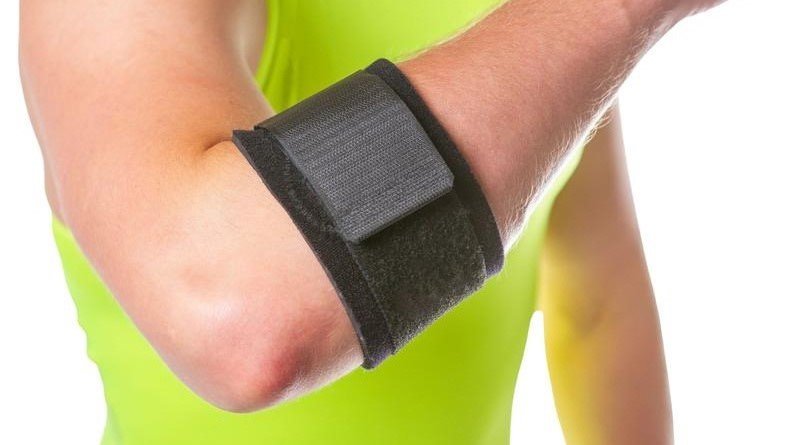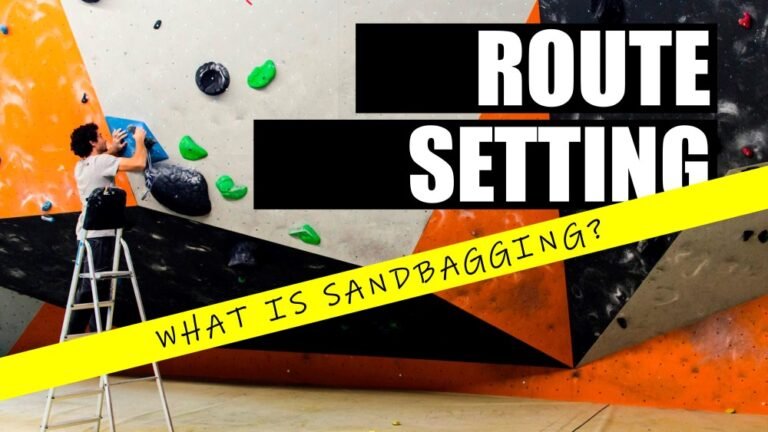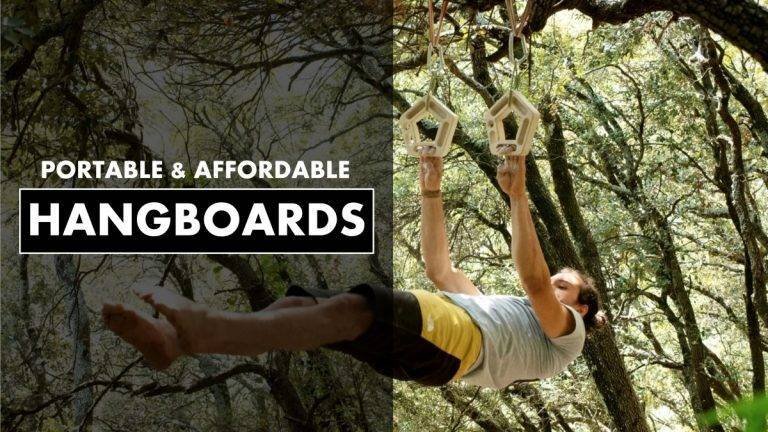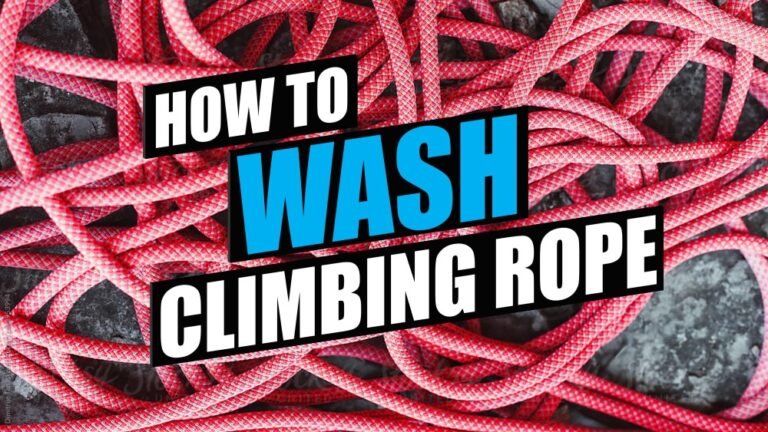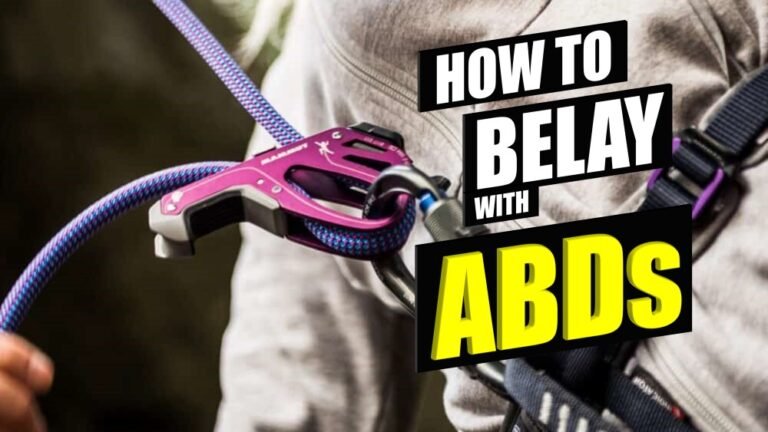Many climbers have experienced elbow injuries and recovering from an injury can be irritatingly slow. Dying to get back to climbing many of us will choose to continue with our regular climbing sessions. Climbing with a minor injury is no big deal. However, it is important to know the specific kind of injury you have. Thus, you’ll know how to treat it and what you can use to reduce the pain and continue moderate climbing.
Elbow support brace
Having either tennis or golf elbow can affect your climbing. You’ll feel a painful sensation when you pull on hold or lock your arms during climbs. If the elbow pain is not serious enough to stop you from climbing and you choose to continue your regular climbing session, an elbow support brace can be useful.
How it works
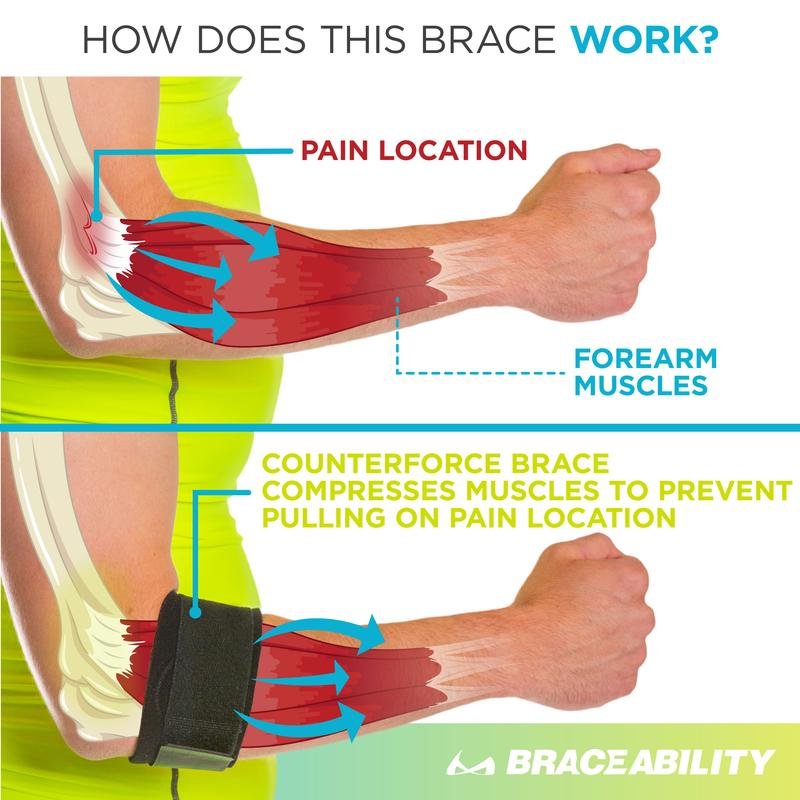

An elbow support brace helps to minimize the pain in the inflamed location of the elbow by compressing the upper forearm and absorbing the forces transmitted through the muscle tissues to the pain location of the elbow.
How to Use
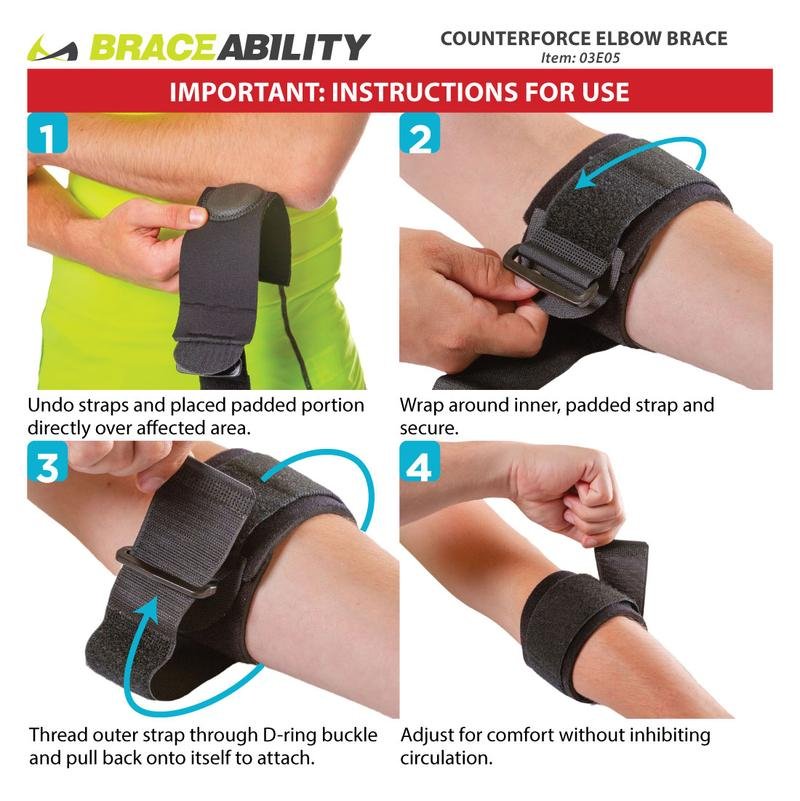

The elbow support brace should be wrapped around your upper forearm about 1 cm in front of the pain location. Flex your upper forearm so that it is expanded and lightly tighten the strap on the brace. The support brace must not be tight when your forearm muscle isn’t engaged. If the brace is too tight it will be very uncomfortable when you are climbing.
Climbing with an elbow support brace
If you have tennis or golf elbow due to climbing. Using an elbow support brace will reduce the pain you experience when pulling on a hold. It is helpful only if you have minor elbow pain and want to continue with an easy climbing session. If you are experiencing intense pain in your elbow, using an elbow brace to climb will not help and slow your recovery or maybe aggravate your injury.
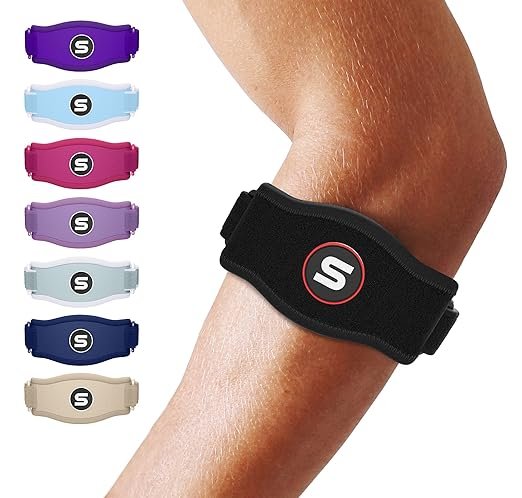
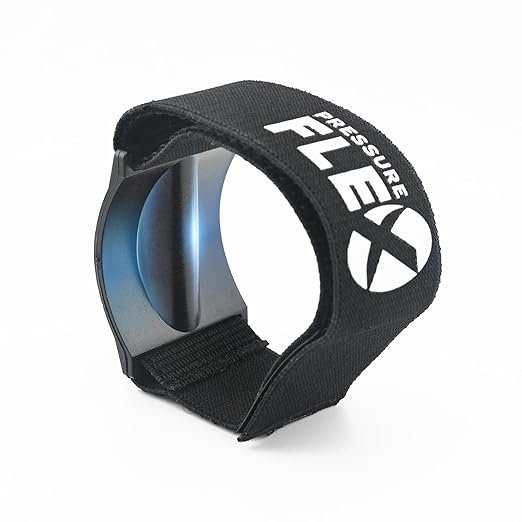

Elbow injury is one of the most common climbing-related injuries. You’ll need to understand the different types of climbing-related injuries and what you can do to help with recovery. Check out the 3 most common climbing injuries, causes, and remedies here.

